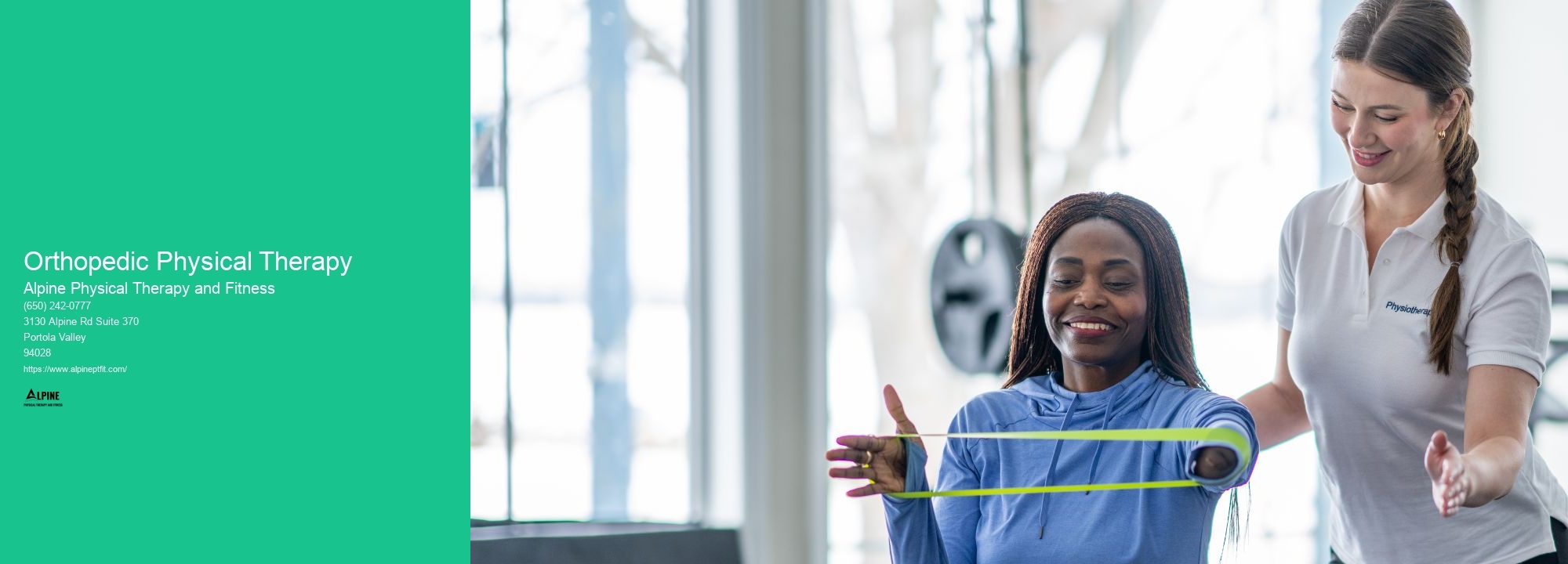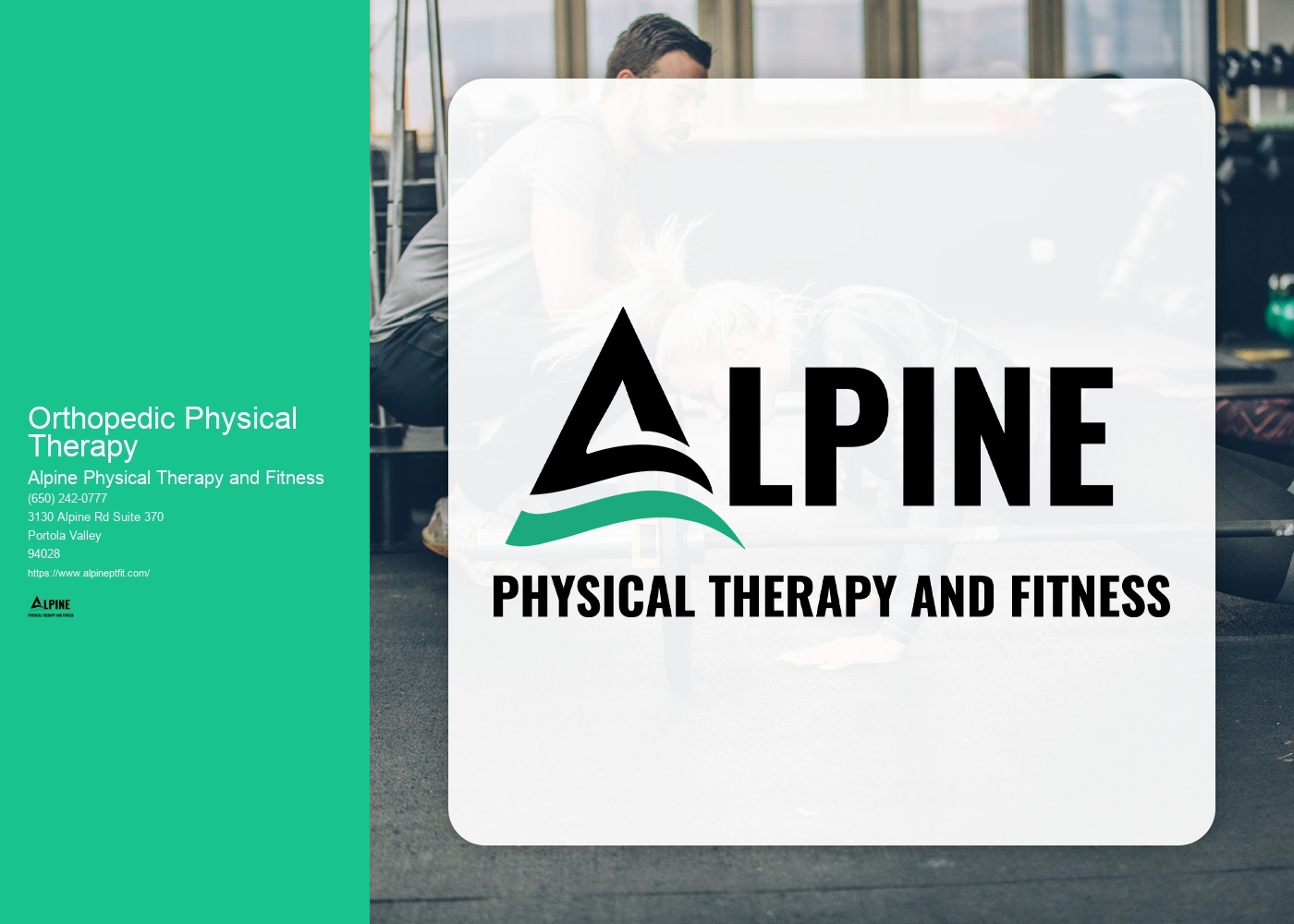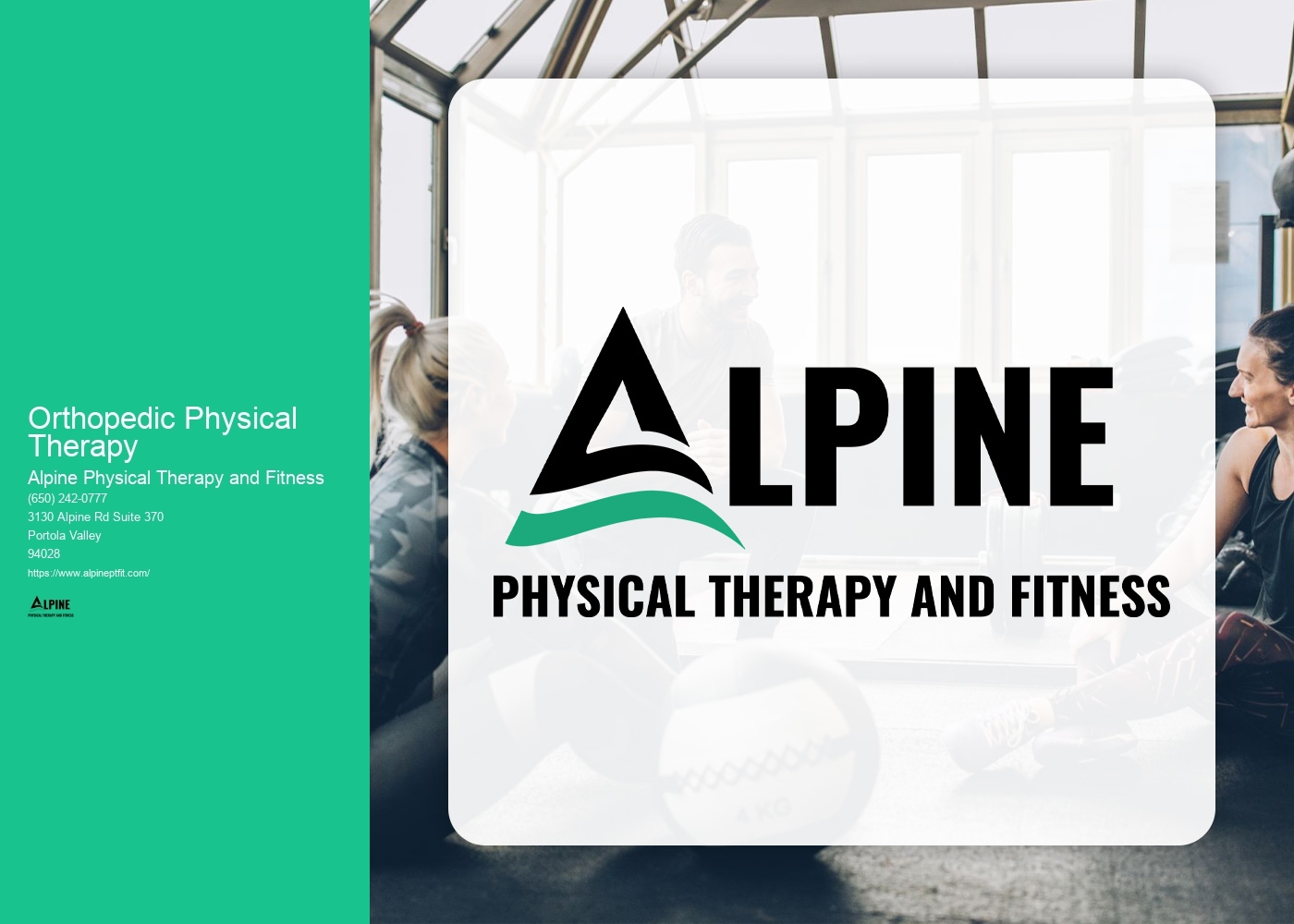

Orthopedic physical therapy is a specialized branch of physical therapy that focuses on the treatment of musculoskeletal conditions and injuries. It involves the evaluation, diagnosis, and management of disorders affecting the bones, joints, muscles, ligaments, and tendons. Orthopedic physical therapists are trained to assess and treat a wide range of orthopedic conditions, including fractures, sprains, strains, arthritis, tendonitis, and post-surgical rehabilitation.
Orthopedic physical therapy is effective in treating various conditions and injuries. It can help individuals recover from orthopedic surgeries, such as joint replacements or ligament repairs. It is also beneficial for managing chronic conditions like osteoarthritis or rheumatoid arthritis. Additionally, orthopedic physical therapy can address sports-related injuries, such as sprained ankles, torn ligaments, or muscle strains. It is a comprehensive approach that aims to reduce pain, improve mobility, restore function, and enhance overall quality of life.
Common techniques used in orthopedic physical therapy include manual therapy, therapeutic exercises, and modalities. Manual therapy involves hands-on techniques, such as joint mobilization, soft tissue mobilization, and manual stretching, to improve joint mobility, reduce pain, and restore normal movement patterns. Therapeutic exercises are tailored to the individual's specific needs and may include strengthening exercises, stretching, balance training, and functional movements. Modalities, such as heat or cold therapy, electrical stimulation, ultrasound, or laser therapy, may also be used to complement the treatment plan and promote healing.

The duration of orthopedic physical therapy varies depending on the individual's condition, severity of injury, and treatment goals. In general, a course of orthopedic physical therapy can last anywhere from a few weeks to several months. The frequency and duration of sessions will be determined by the therapist based on the individual's progress and needs. It is important to follow the recommended treatment plan and attend all scheduled sessions to achieve optimal outcomes.
During an orthopedic physical therapy session, you can expect a combination of hands-on treatment, exercises, and education. The therapist will assess your condition, discuss your goals, and develop a personalized treatment plan. They will guide you through various exercises and techniques to improve strength, flexibility, and range of motion. The therapist may also use manual therapy techniques to address specific areas of concern. Throughout the session, the therapist will provide guidance, support, and feedback to ensure proper form and technique. They will also educate you on self-management strategies and home exercises to continue progress outside of therapy sessions.

Orthopedic physical therapy is generally safe and well-tolerated. However, as with any form of physical activity, there may be some risks or side effects. These can include temporary soreness, muscle fatigue, or increased pain during the initial stages of treatment. It is important to communicate any discomfort or concerns with your therapist, who can adjust the treatment plan accordingly. In rare cases, there may be a risk of injury if exercises or techniques are performed incorrectly or if there are underlying medical conditions. It is crucial to work with a qualified and experienced orthopedic physical therapist to minimize any potential risks.
To find a qualified orthopedic physical therapist in your area, you can start by asking for recommendations from your primary care physician, orthopedic surgeon, or other healthcare professionals. They can provide referrals to reputable therapists who specialize in orthopedic physical therapy. You can also check with your insurance provider for a list of in-network providers. Online directories and professional organizations, such as the American Physical Therapy Association, can also help you locate certified orthopedic physical therapists in your area. When choosing a therapist, consider their experience, credentials, and patient reviews to ensure you receive the best possible care.

The approach to treating individuals with hip impingement syndrome involves a comprehensive and multidisciplinary approach. The primary goal of treatment is to reduce pain, improve function, and prevent further damage to the hip joint. Non-surgical interventions such as physical therapy, activity modification, and anti-inflammatory medications are often the first line of treatment. Physical therapy focuses on strengthening the hip muscles, improving range of motion, and correcting any biomechanical abnormalities. In some cases, corticosteroid injections may be used to provide temporary pain relief. If conservative measures fail to alleviate symptoms, surgical intervention may be considered. Surgical options include arthroscopic procedures to remove or repair damaged tissue, as well as hip resurfacing or total hip replacement in severe cases. The choice of treatment depends on the severity of the impingement, the individual's age and activity level, and their overall health. A personalized treatment plan should be developed in collaboration with a team of healthcare professionals, including orthopedic surgeons, physical therapists, and pain management specialists, to ensure the best possible outcome for the individual.
Physical therapy plays a crucial role in improving the quality of life for patients with Parkinson's disease. By incorporating a range of specialized exercises and techniques, physical therapists can address the unique motor and movement challenges faced by individuals with Parkinson's. These exercises focus on improving balance, coordination, flexibility, and strength, which are often affected by the disease. Additionally, physical therapy can help manage symptoms such as rigidity, bradykinesia, and tremors, allowing patients to regain control over their movements. Through targeted interventions, physical therapy can also enhance gait and posture, reducing the risk of falls and improving overall mobility. Moreover, physical therapists provide education and guidance on adaptive strategies and assistive devices, empowering patients to navigate daily activities more independently. Overall, physical therapy offers a comprehensive approach to managing Parkinson's disease, promoting functional independence, and enhancing overall well-being.
Physical therapy can be highly beneficial in improving balance in individuals with multiple sclerosis. Multiple sclerosis is a chronic neurological condition that can lead to impaired balance and coordination. Physical therapists are trained to assess and address these specific issues through a variety of techniques and exercises. They may focus on improving core strength, flexibility, and proprioception, which are all crucial for maintaining balance. Additionally, physical therapists may use specialized equipment such as balance boards or stability balls to challenge and improve balance. By targeting these areas, physical therapy can help individuals with multiple sclerosis regain stability and reduce the risk of falls, ultimately enhancing their overall quality of life.
Physical therapists employ a variety of techniques to effectively treat common sports injuries such as sprained ankles. They typically begin by conducting a thorough assessment of the injury, taking into account factors such as the severity of the sprain, the individual's overall health, and any previous injuries. Treatment may involve a combination of manual therapy techniques, such as joint mobilization and soft tissue massage, to reduce pain and inflammation. Therapists may also utilize therapeutic exercises to improve strength, flexibility, and balance, helping to restore normal function and prevent future injuries. Additionally, modalities such as ultrasound or electrical stimulation may be used to further aid in the healing process. Education and guidance on proper body mechanics and injury prevention strategies are also integral components of a physical therapist's approach to treating sprained ankles.
Physical therapy can play a crucial role in the recovery of Achilles tendonitis. By employing a variety of techniques and exercises, physical therapists can help alleviate pain, reduce inflammation, and promote healing in the affected tendon. One such technique is manual therapy, which involves hands-on manipulation of the soft tissues surrounding the Achilles tendon to improve flexibility and reduce tension. Additionally, therapeutic exercises can be prescribed to strengthen the muscles in the lower leg and foot, which can help support the Achilles tendon and prevent further injury. Modalities such as ultrasound and electrical stimulation may also be used to promote blood flow and accelerate the healing process. Furthermore, physical therapists can provide guidance on proper footwear and orthotics to ensure optimal biomechanics and reduce stress on the Achilles tendon during daily activities. Overall, physical therapy offers a comprehensive approach to treating Achilles tendonitis, addressing both the symptoms and underlying causes of the condition to facilitate a full recovery.